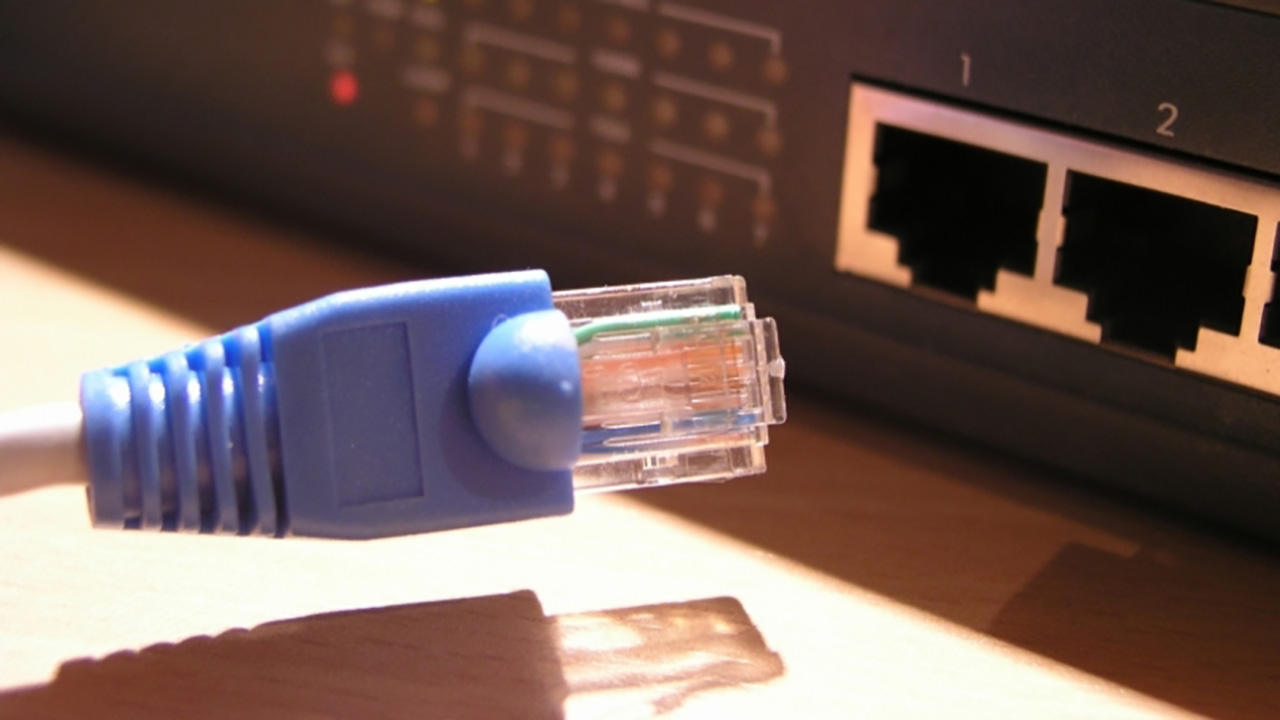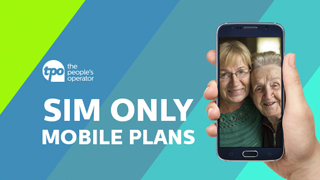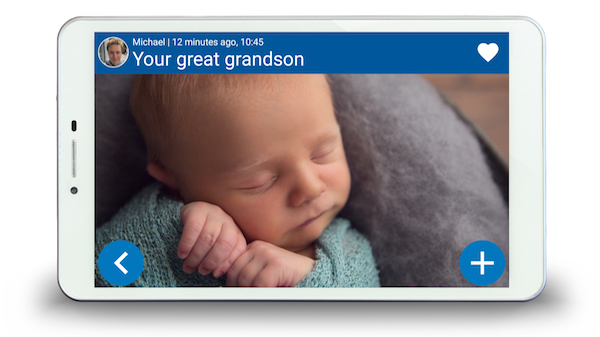Guide to broadband and cloud for older people
We often hear the terms ‘superfast broadband’ and ‘the cloud’, but what do they actually mean? Read our simple explanation.
The government has defined ‘superfast broadband’ as a broadband connection offering speeds of at least 24Mb. It’s a step up from the UK average of 17.8Mb, and means you could download a whole DVD in under half an hour. But in order to hit the 24Mb minimum, you also require new technology.
The most widespread broadband in the UK is ADSL, which uses the old copper telephone network. It’s cheap and commonplace, but 24Mb is at the upper limit of what it can manage (and even that’s very unlikely). Instead you need fibre optic cabling, which allows vastly superior data transfer rates.
Fibre optic cabling is already in use throughout the UK, with two providers in particular being the most prominent superfast broadband suppliers.
- BT Infinity is BT’s own superfast broadband service, which uses both fibre optic and copper telephone lines. As well as BT Infinity, you are able to get this type of superfast broadband from other ISPs who offer their own products using BT’s network.
- The other major superfast broadband supplier is Virgin Media cable broadband. Virgin’s cable broadband network is smaller than BT, but if it is available in your area, it currently provides speeds up to 152Mb, almost twice as fast as BT. However, unlike BT, it is only available from Virgin Media.
Looking into the future, the next step is Fibre to the Premises (FTTP), sometimes called Fibre to the Home (FTTH). Unlike FTTC, this is a pure fibre service that entirely eliminates the old telephone network and provides an incredible speed. Some FTTP ISPs are now up and running and offer connections up to 1Gb, which is more than six times as fast as cable broadband.
Do you need superfast broadband?
These amazing speeds are all well and good, but what can we actually achieve with a superfast broadband connection, and how do you know if you need one?
If most of your time online is spent emailing and browsing the web and staying in touch with friends and family over social networks and instant messaging, a superfast connection is not essential. Even a basic ADSL connection of up to 8Mb will be sufficient.
Superfast broadband really comes into its own when you start demanding data transfers. A common one is streaming video from services like Netflix, iPlayer and YouTube, which can use a large amount of bandwidth, particularly if you view high definition films and TV. The added speed of superfast broadband makes this a far more pleasurable experience. Downloading big files is much easier too, but uploading is also improved, particularly helpful if you’re into photography or filmmaking and want to display your work online.
What is the cloud?
The cloud is a friendly term to describe an application or service located on a remote system, as opposed to something running off your own computer. Two key advantages of the cloud are:
- the ability to access software or services from anywhere in the world
- the ability to use the processing or storage of a more powerful system without having to pay for and maintain it yourself.
A common application for the cloud is file storage. Companies such as Dropbox provide you with space on their servers for storing data, and that’s not only helpful for remotely accessing your files and sharing them with friends, but can also be an easy and affordable backup system that can safeguard data, even if your computer is lost or destroyed.
Cloud computing can also save you from having to purchase and install applications. Google Docs is a free web-based productivity suite, which includes word processor, spreadsheet and drawing tools. Microsoft has also launched an online version of its popular Office software.
A final point to remember about superfast broadband is that it’s far better for busy households, particularly now that you might have the likes of tablets and smartphones connected as well as computers. If you’ve got family members and multiple devices all using the internet at once, things can slow to a crawl, but the added speed of superfast broadband can eliminate this concern.
We offer a great at home computer training service. For details, call now on 03333 441584
Or complete the form below and we will contact you
Matt Powell is the editor for the broadband comparison website Broadband Genie.











